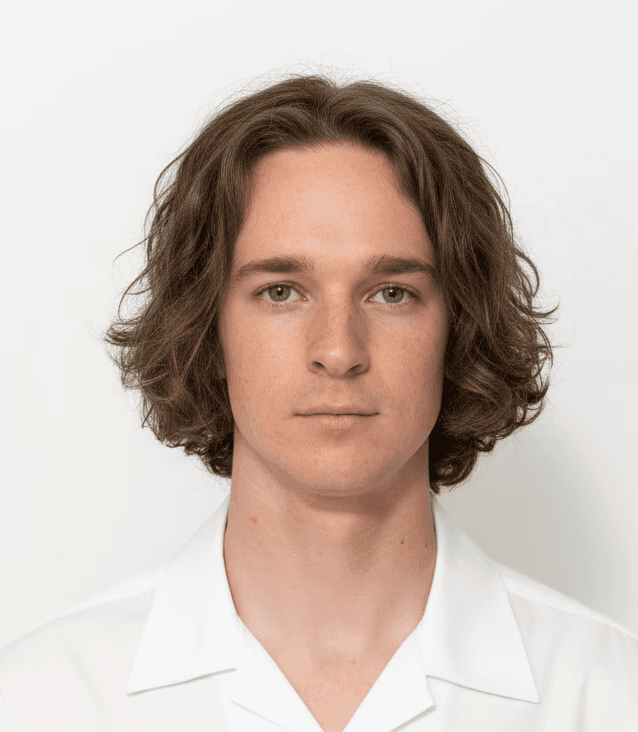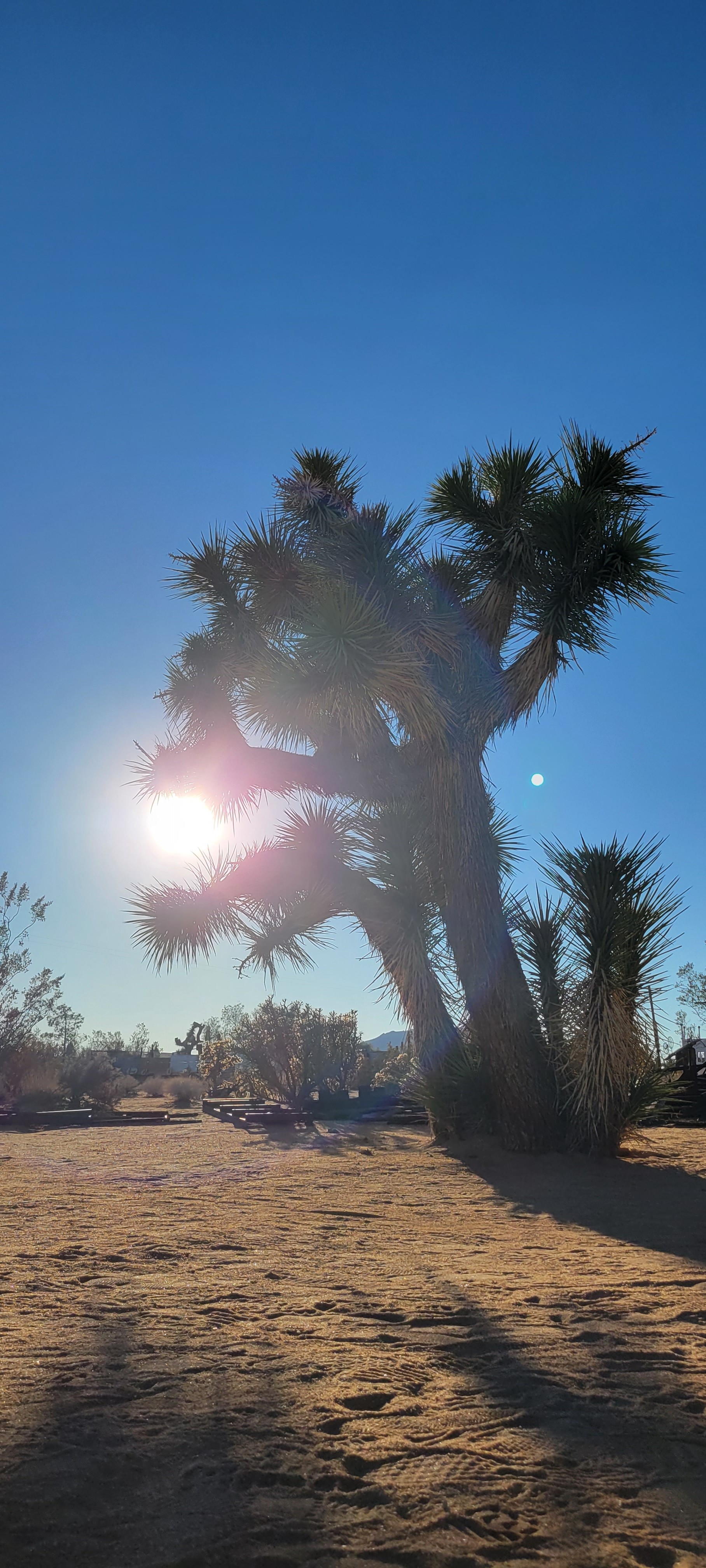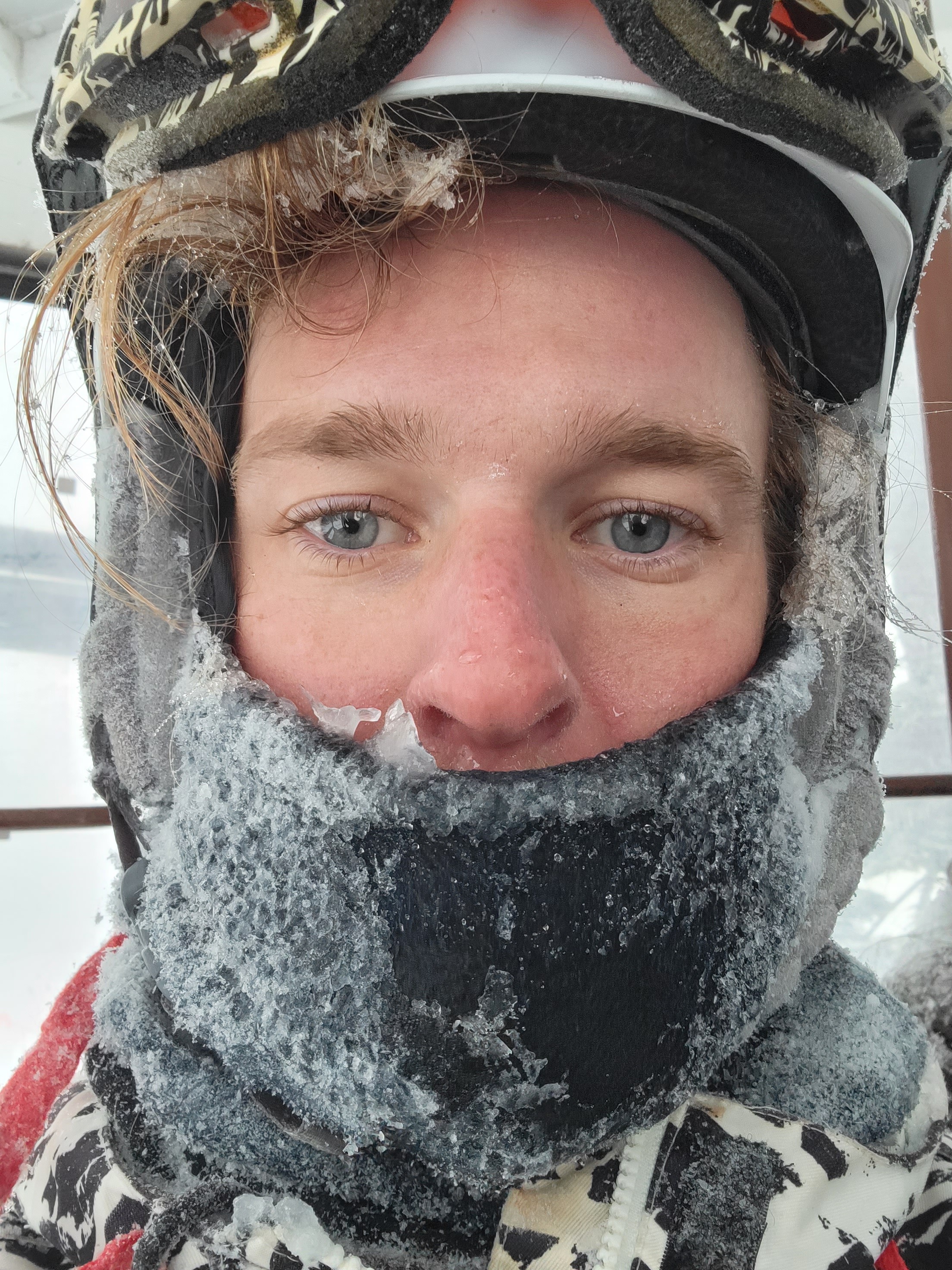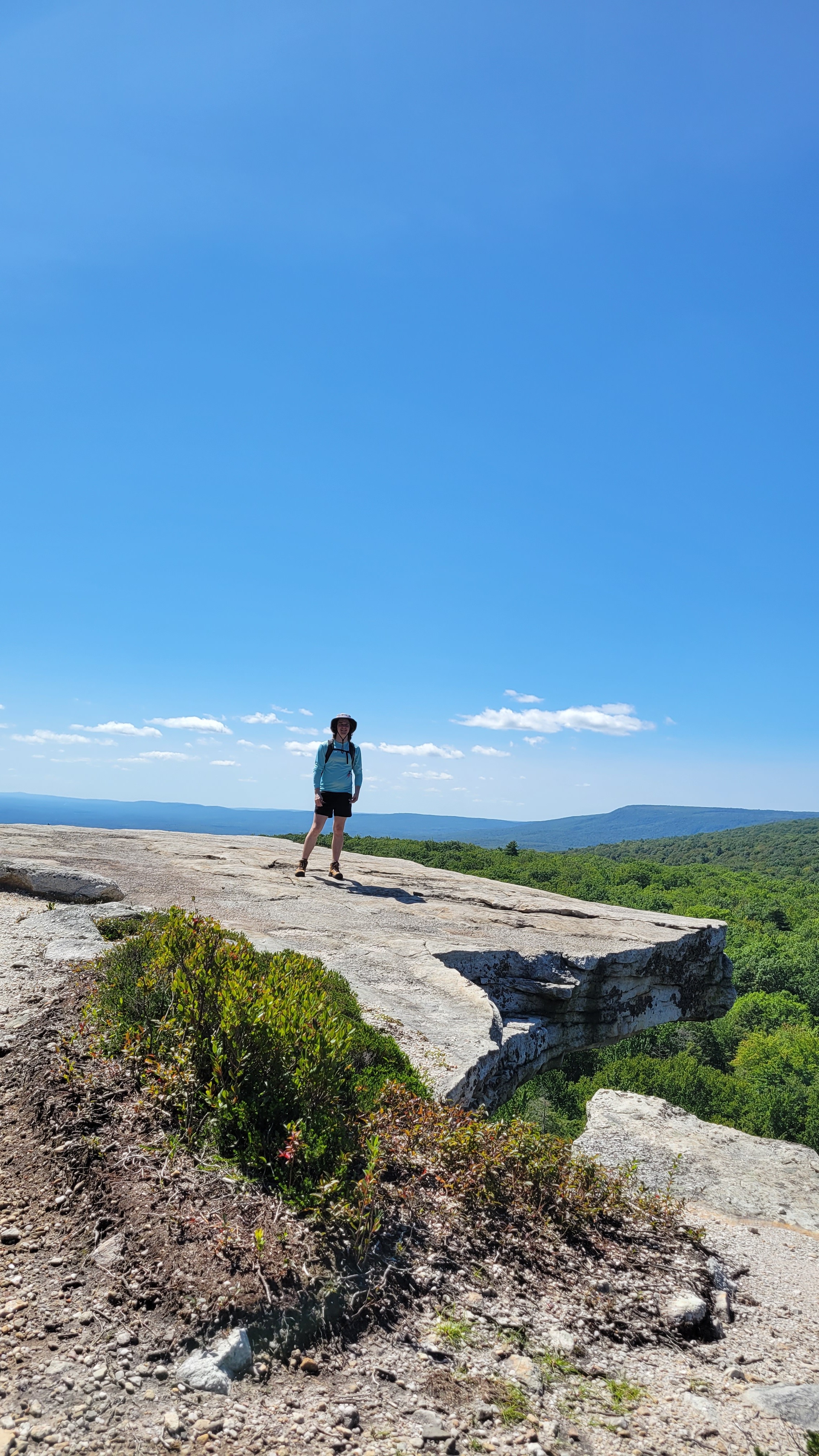I'm Patrick.

I’m a product designer with 8+ years of design experience (full-time, part-time, and freelance) and a Master’s degree in Human-Centered Design from Purdue University.
Today, I lead design at Elements Connect, owning the brand, design system, and end-to-end UX for B2B web and mobile products from zero to one. I am a strong customer advocate that pairs product and systems thinking with AI-augmented workflows and effective collaboration with PMs, engineers, and executives.
My Path into Design
I grew up in Indiana, mostly doing simple things—helping fix stuff in the garage, figuring out how things fit together, and spending a lot of time outside. My family appreciated art, but it was never really talked about as a “real” career. So for me, drawing, sketching, and writing poetry were just personal hobbies, something I did quietly on the side. What I took more seriously was my curiosity about how things worked—building with LEGO, maintaining tools, messing with mechanics, and trying to understand the logic behind it all. That’s what pushed me to pursue engineering.
It wasn’t until college that I realized something was missing for me. I enjoyed solving technical problems, but I kept noticing how frustrating it was when something “worked” but felt confusing or cold to the person using it. That’s when I started drifting toward things like web design, animation, and eventually human factors and UX. Design clicked for me as a way to bring both sides together: the part of me that loves systems and structure, and the part that cares deeply about people having a kinder, clearer experience.
my design process.
I believe great design is a repeatable process—research, clear hypotheses, rapid prototypes, and measured iteration—not just a look. I pair generative-AI exploration with system-driven refinement to ship work that communicates clearly, respects constraints, and creates lasting value.
01
Design Strategy
Every project begins by pinpointing real value and matching it to a market need. From there, a focused roadmap takes shape, design principles emerge, and user journeys flow—until the product unfolds as a coherent, branded experience people naturally choose and trust.
02
User-Centered Design
Grounded in user insight, I align design with business goals, shape concepts that fit real technical limits, and keep teams in sync through clear communication. An eye for detail and a habit of continuous learning ensure each release ships crisp, build-ready, and ready to evolve.
03
Iteration & Innovation
I pair AI-assisted exploration with disciplined iteration—generate options, validate, and polish—turning briefs into maintainable, user-centered interfaces at speed.
04
Rapid Prototyping
I turn business metrics into design moves that slot cleanly into the larger system and deliver quick wins. Craft outside the screen keeps ideas fresh, and clear storytelling rallies teams so those ideas ship and perform.








